UK Prime Minister Theresa May wrote a formal letter to European Council President Donald Tusk, requesting Article 50 extension till June 20.
May said that she’s already started talks with opposition leader to agree on a proposal for the Commons that allow an order Brexit. Invitation for discussion was also extended more broadly to other MPs to achieve a consensus. If no single unified approach is achieved, May’s Government pledges to look to establish a small number of clear options on future relationship to be put the the House.
May said the steps “demonstrate that the Government is determined to bring this process to a resolution quickly”. And, “the government will want to agree a timetable for ratification that allows the United Kingdom to withdraw from the European Union before 23 May 2019 and therefore cancel the European Parliament elections, but will continue to make responsible preparations to hold the elections should this not prove possible”.
Here is May’s letter:





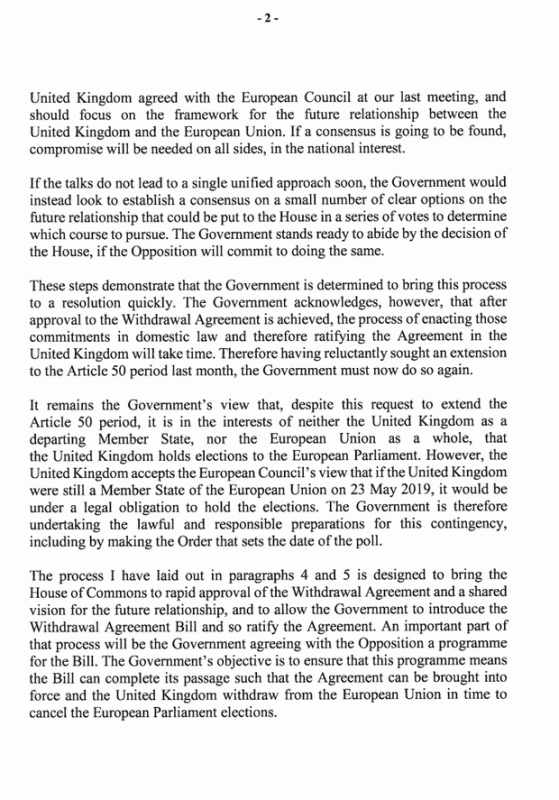
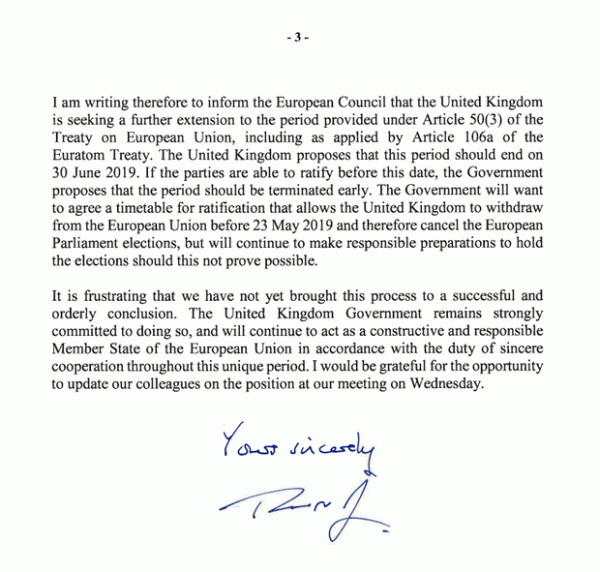
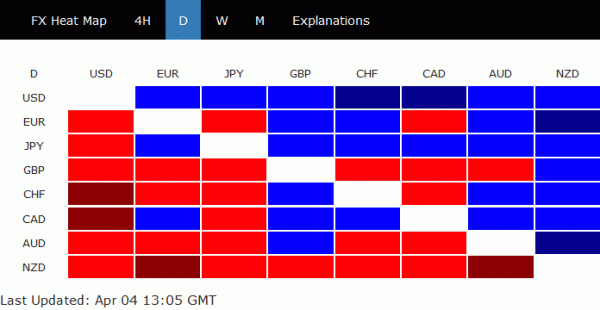

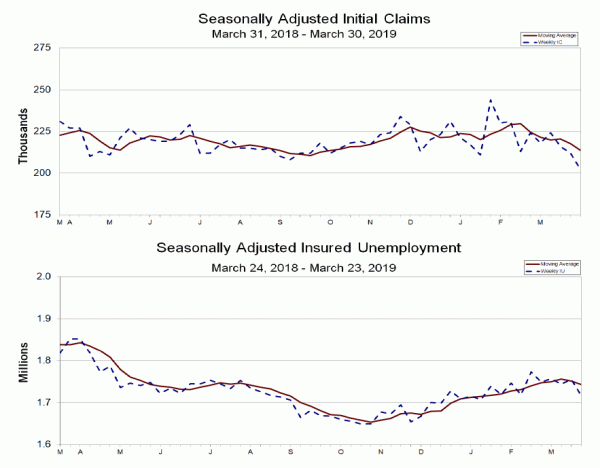
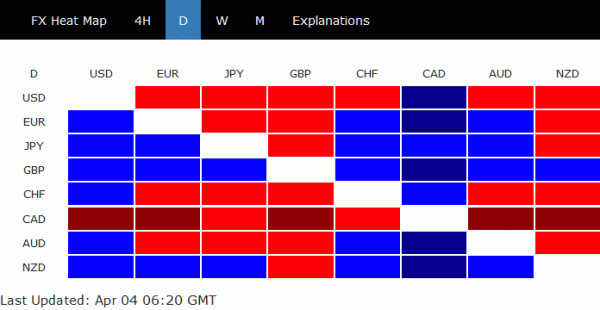
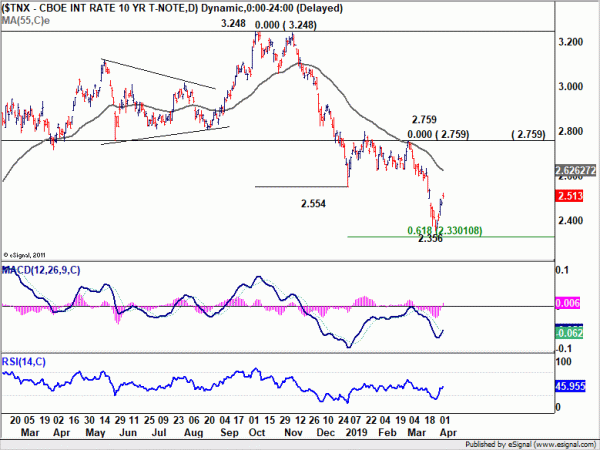
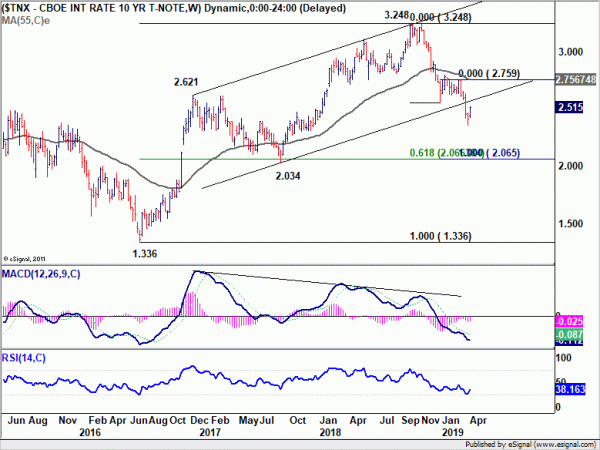
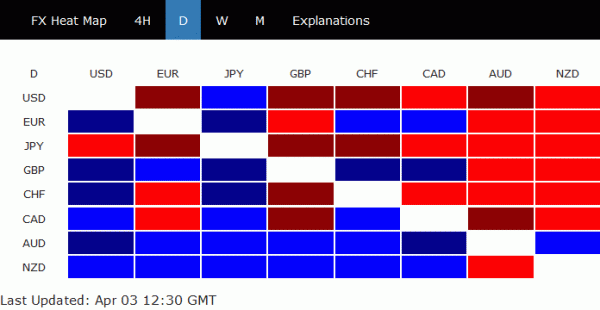
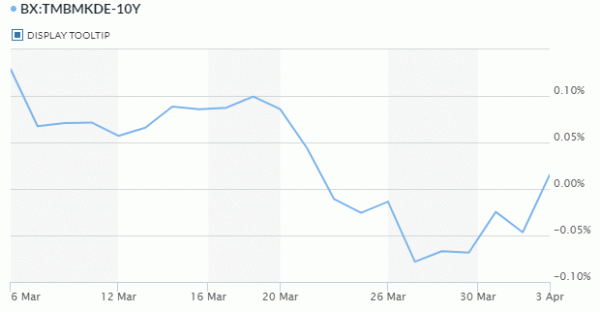
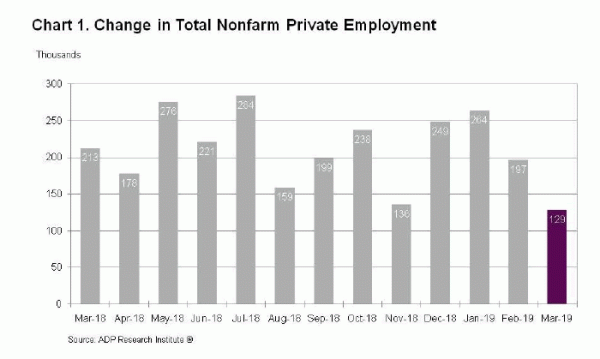

EU said to mull Brexit flextension rather than more short extensions
While UK PM May is seeking Brexit extension till June 30, it’s reported that EU Tusk is considering “flextension” instead.
An unnamed EU official was quoted saying “the only reasonable way out would be a long but flexible extension. I would call it a ‘flextension’.” That is, “we could give the UK a year-long extension, automatically terminated once the Withdrawal Agreement has been accepted and ratified by the House of Commons”.
One clear advantage is that even if the Commons cannot approve the WA, “UK would still have enough time to rethink its Brexit strategy. A short extension if possible, and a long one if necessary. It seems to be a good scenario for both sides, as it gives the UK all the necessary flexibility, while avoiding the need to meet every few weeks to further discuss Brexit extensions”.